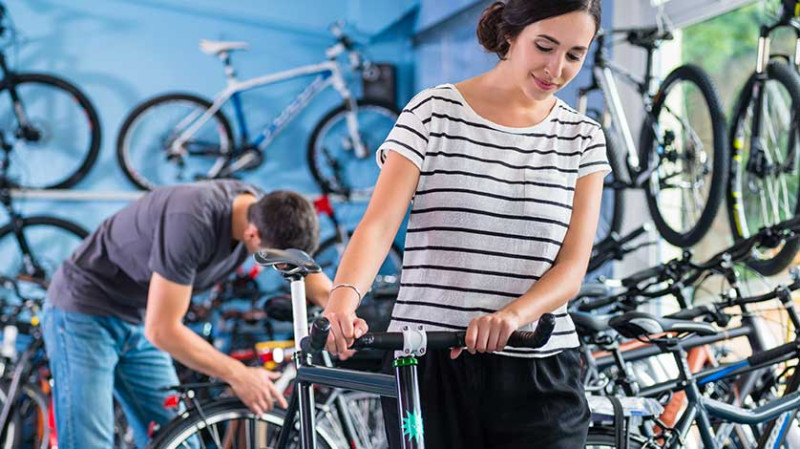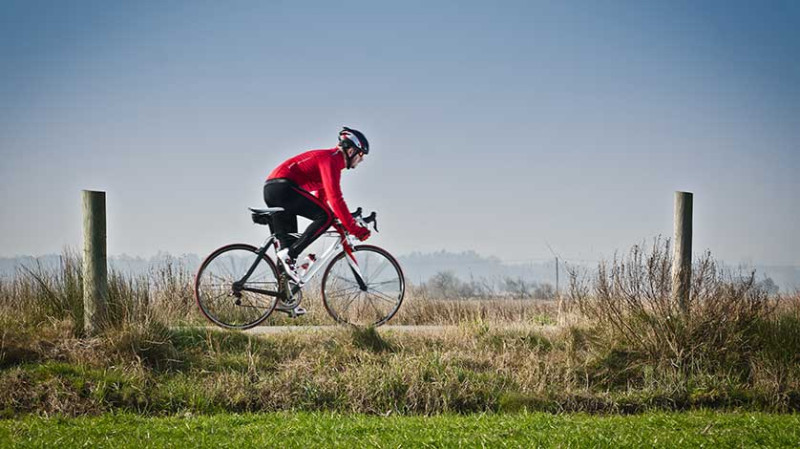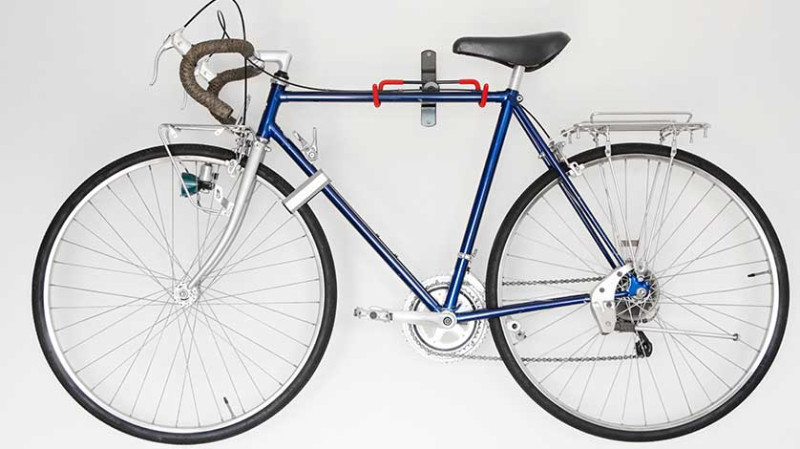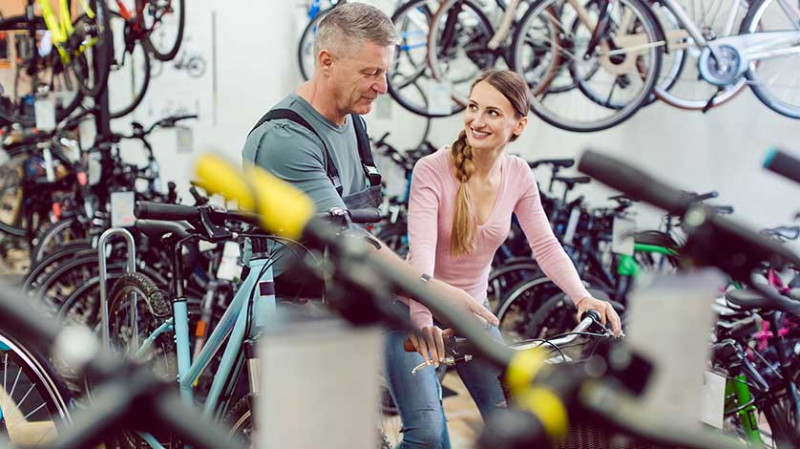
Buying a bike can be a thrilling experience, whether you're looking for a more sustainable way to commute, an efficient means of navigating city traffic, or an adventurous addition to your weekends. But before you rush into a purchase, it's essential to consider all the key aspects that go into choosing the right bicycle. For our readers across the UK—DIY enthusiasts, young professionals upgrading their lifestyle, architects and designers seeking innovative commuting tools, and tradesmen needing a practical mode of transport—this guide will help ensure you get exceptional performance and long-term value from your next bike.
1. Identify Your Cycling Needs
The first step is to consider exactly how you plan to use your new bike. Bikes come in a dizzying array of styles, each suited to a particular type of rider and terrain. Will you mostly be commuting through urban streets, taking weekend rides in the countryside, or navigating rugged trails?
For city dwellers and professionals commuting to work, a hybrid or city bike could be ideal. These bikes are designed for comfort and practicality, prioritising features like upright riding positions, fitted racks, and fenders for rainy UK weather.
For those venturing off-road or who live near scenic country routes, a mountain bike or gravel bike might be more appropriate. These bikes are designed to handle rougher terrain and offer more durable components for challenging environments.
Think about whether you'll need to carry equipment or attachments such as tool bags. Tradespeople, for example, may benefit from cargo bikes or bikes with strong pannier mounts for carrying gear safely and efficiently.
2. Understand Bike Types and Riding Styles
Each bike type serves a distinct purpose. The table below outlines the main types and their core benefits:
| Type of Bike | Best For | Key Features |
|---|---|---|
| Road Bike | Long-distance rides, speed | Lightweight frame, drop handlebars, thin tyres |
| Hybrid Bike | Commuting, mixed-use | Comfortable seat, upright riding, moderate tyres |
| Mountain Bike | Off-road trails, rugged surfaces | Sturdy build, wide tyres, suspension system |
| Gravel Bike | Mixed terrain, long rides | Robust frame, flared handlebars, disc brakes |
| Electric Bike (E-Bike) | Assisted commuting, longer trips | Battery powered motor, various assistance levels |
Selecting the appropriate style will greatly impact comfort, efficiency, and enjoyment. For example, a young designer commuting about 10 miles through London traffic might choose an electric hybrid bike, while a DIY enthusiast tackling remote countryside paths may opt for a robust gravel bike with adaptable gear ranges.
3. Sizing and Fit Matter
One of the most overlooked yet crucial parts of buying a bike is getting the right size. A bike that’s too big or too small can lead to discomfort, inefficient riding, and even injury over time. Frame size, saddle height, and handlebar reach all affect your riding comfort.
Frame sizes usually correspond to your height and leg length. Many bike manufacturers offer size charts, but it’s always best to try a bike in person when possible to ensure a tailored fit. Remember—bike geometry varies between brands, so don’t assume sizing is universal.
Also take into account your posture. If you have lower back pain or want a more relaxed riding position, look for bikes with adjustable stem height and ergonomic handlebars. Many UK bike shops offer professional fitting services to help you find your perfect match.
DIY enthusiasts especially should be aware that improper fit can cause strain during long maintenance or riding sessions. Professional tradesmen on the go day in, day out also need a setup tailored for long-term use and ease of movement.
4. Consider Key Features and Components
A bike's components play a significant role in performance, durability, and overall ride experience. These include gears, brakes, the frame material, tyres, and suspension. Understanding the basics of these parts can help you make a more informed decision.
For instance, gear systems range from simple single speeds to complex 30+ gear setups. Urban commuters might benefit from internally geared hubs, which require less maintenance than traditional derailleurs. Casual weekend riders might opt for something simpler.
Brake types include rim brakes, disc brakes (mechanical or hydraulic), and coaster brakes. While disc brakes add cost, they offer superior stopping power—especially important in wet conditions, making them ideal for UK weather.
Frame materials typically include aluminium, steel, carbon fibre, and titanium. Aluminium is a balancing point between durability and affordability, making it ideal for tradesmen or commuters. Steel offers comfort and strength, while carbon and titanium cater more to performance and weight considerations.
5. Think About Budget and Long-Term Value
Bikes are available at a wide range of price points, but cheaper isn’t always better. Investing in a quality bike designed for your needs can offer better performance, require fewer repairs, and ultimately last longer. Set a realistic budget that allows for not just the bike itself, but accessories and maintenance.
A typical commuter or hybrid bike can range from £300 to £900. High-end models or electric bikes may go beyond £2000, but they can transform your daily routine. For architects or designers commuting to projects or meetings in cities, the long-term efficiency and time saved may justify a higher investment.
Additionally, don’t forget the cost of accessories—helmet, bike locks (especially critical in urban areas), lights, mudguards, and panniers. Professionals, especially those operating tools or materials, may require additional attachments for storage or towing.
If you're handy with tools, assembling a bike on your own might save money or let you customise your setup. However, ensure your warranty stays valid if buying parts separately or online.
6. Know Where to Buy and What to Test
Once you've identified your ideal bike type and spec, it's time to shop smart. Major cycling retailers, local independent bike shops, and direct-to-consumer online brands are your main options. Each has its pros and cons.
Local shops allow you the chance to test ride, receive personalised advice, and often include post-purchase bike checks. Online platforms might offer better prices or more variety but may not provide that hands-on experience or warranty servicing.
Before finalising your purchase, if possible, take the bike for a test ride. Focus on handling, ride comfort, and ease of gear shifting. Make sure you test it in conditions similar to how you’ll use it day-to-day—in traffic, on hills, or with cargo.
Ask about return policies, manufacturer warranties, and service plans. Especially in the UK, where weather and road conditions can wear components quickly, post-sale support is key for long-term performance.
7. Final Thoughts: Invest in Confidence and Comfort
Whether you’re a home-improvement enthusiast craving weekend countryside rides, a professional tradesman needing a dependable commuting tool, or an architect travelling between projects across the UK, picking the right bike starts with thoughtful consideration, not just speed or looks.
Comfort, practicality, and reliability will make the difference between a bike you love to ride regularly and one that gathers dust in the garage. A well-informed decision saves you money, time and helps keep you safe and efficient on the road.
Take your time, do your research, and ride before you buy. Whether you're climbing hills in Yorkshire or weaving through London streets, the right bike will upgrade your routine and enrich your lifestyle.





